Yang-Zhang Model:
The Yang-Zhang model is widely used in options trading due to its simplicity and ability to capture both implied and historical volatility. It employs a hybrid approach that combines the advantages of the GARCH (Generalized Autoregressive Conditional Heteroskedasticity) model and the realized volatility approach. This model has gained popularity for its effectiveness in capturing the volatility clustering phenomenon observed in financial markets.
Rogers-Satchell Model:
The Rogers-Satchell model is a stochastic volatility model that focuses on estimating the volatility of underlying assets. It assumes that volatility follows a mean-reverting process, which allows for better pricing accuracy in options. This model is particularly useful in situations where the volatility of the underlying asset exhibits persistent trends.
Parkinson Model:
The Parkinson model is a popular historical volatility estimator that considers the range of high and low prices over a specified period. It is based on the assumption that the highest and lowest prices observed within a given time frame provide a reasonable estimate of volatility. The Parkinson model is commonly used in options trading, especially for assets that experience high levels of intraday price fluctuations.
Hodge-Stompkins Model:
The Hodge-Stompkins model is a specialized volatility model designed for options on futures contracts. It takes into account the unique characteristics of futures contracts, such as expiration dates and continuous trading. This model incorporates information from both historical and implied volatility to provide traders with a comprehensive view of market expectations.
Garmann-Klass Model:
The Garmann-Klass model is a popular choice for options traders who rely on historical volatility to forecast future price movements. It uses the high, low, and closing prices of the underlying asset to estimate volatility accurately. This model has the advantage of simplicity and ease of implementation, making it suitable for traders who prefer straightforward volatility estimators.
Comparison of Models:
To assess the differences between these volatility models, several factors should be considered:
a. Mathematical Complexity:
Some models, such as the Yang-Zhang model, involve more intricate mathematical calculations, requiring a higher level of computational resources. In contrast, models like the Garmann-Klass model are simpler and more computationally efficient.
b. Sensitivity to Market Conditions:
Each model has its own sensitivity to different market conditions. For example, the Rogers-Satchell model performs well in trending markets, while the Hodge-Stompkins model caters specifically to futures contracts.
c. Volatility Smoothing:
Models may differ in the degree of volatility smoothing they apply to historical or realized volatility data. Some models, like the Parkinson model, place greater emphasis on recent price movements, while others, such as the Garmann-Klass model, take a more balanced approach.
d. Input Data Requirements:
Different models have varying requirements in terms of input data. Some may require more extensive historical data, while others may rely on implied volatility estimates derived from option prices.
Conclusion:
Choosing the right volatility model for options trading is crucial for accurate pricing and risk management. Each of the models discussed - Yang-Zhang, Rogers-Satchell, Parkinson, Hodge-Stompkins, and Garmann-Klass - has its own strengths and limitations

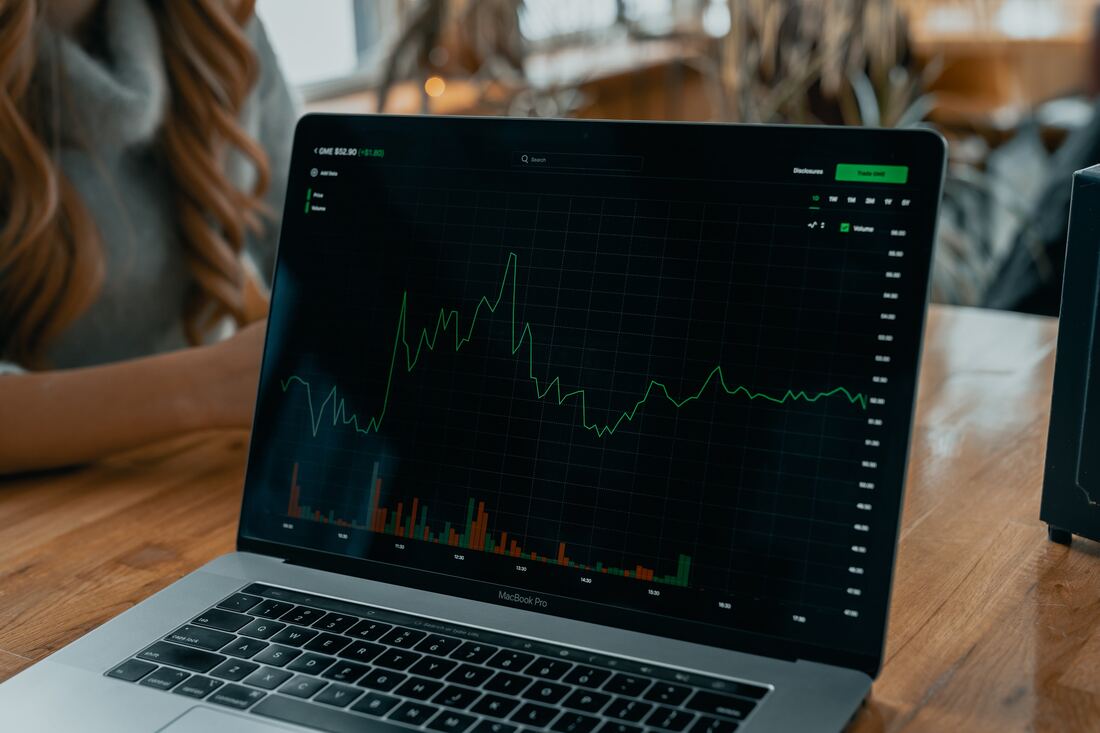
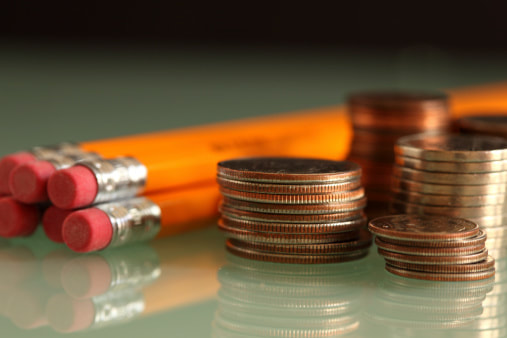
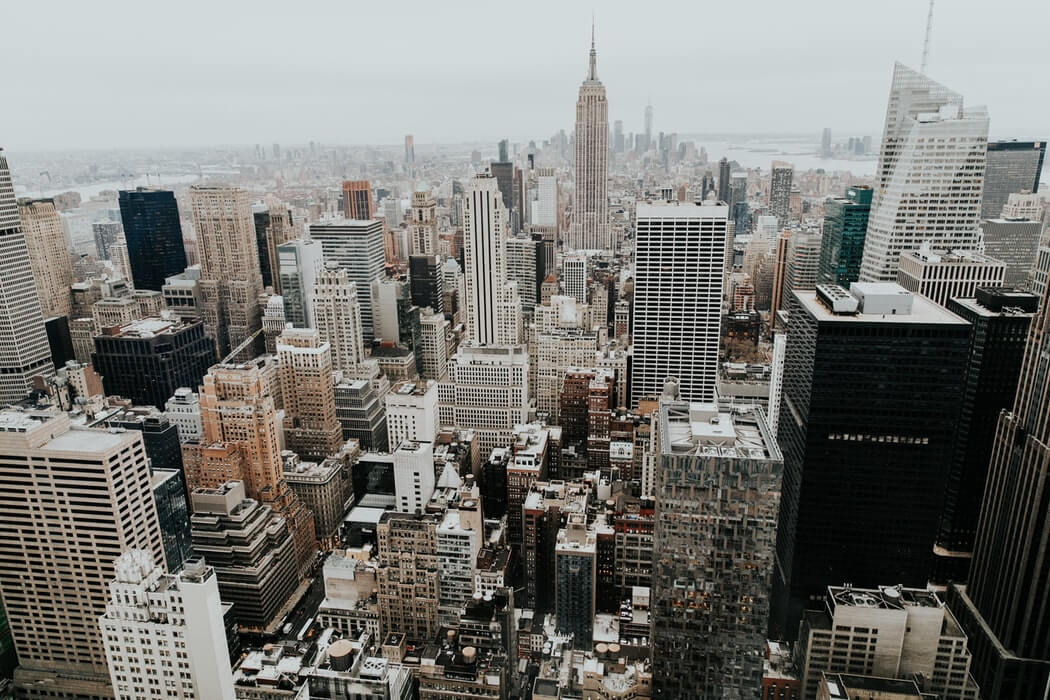

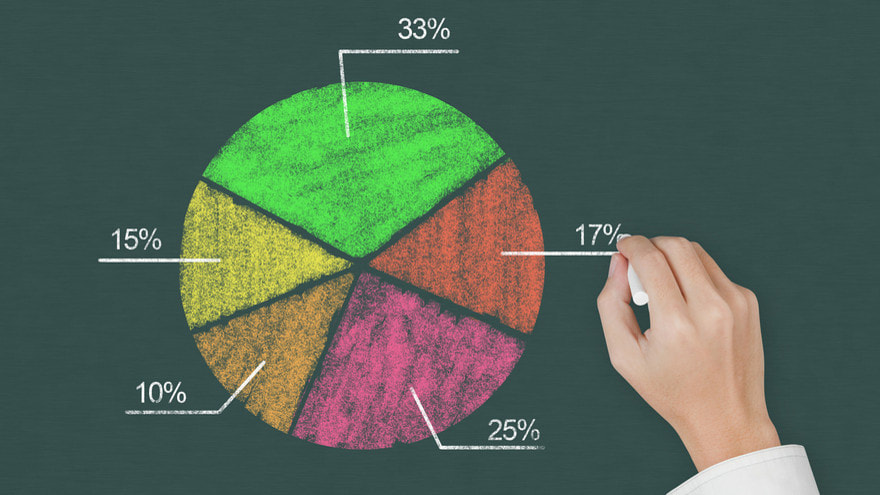
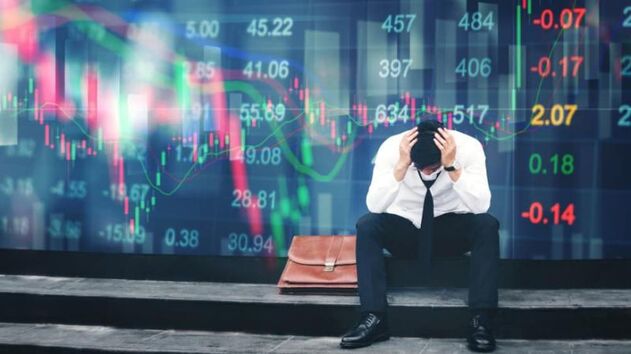
 RSS Feed
RSS Feed
